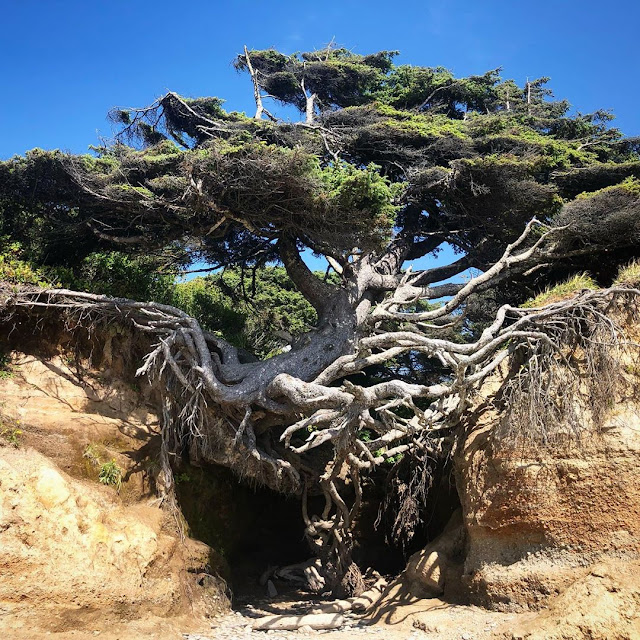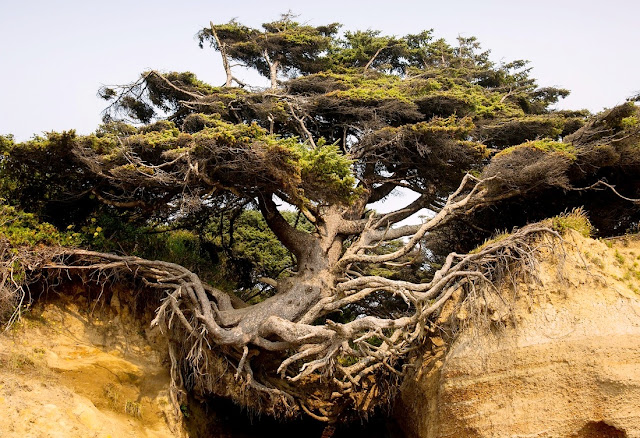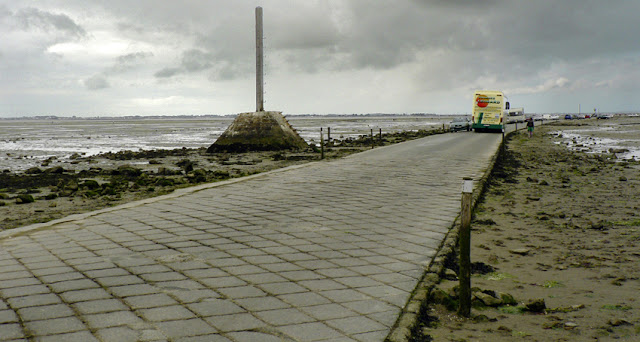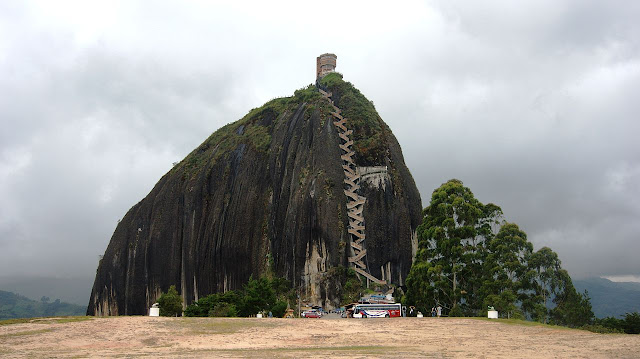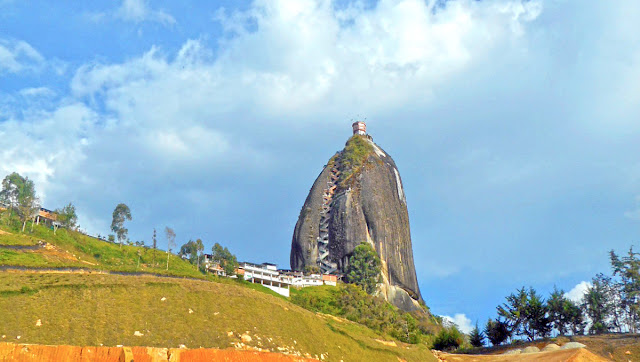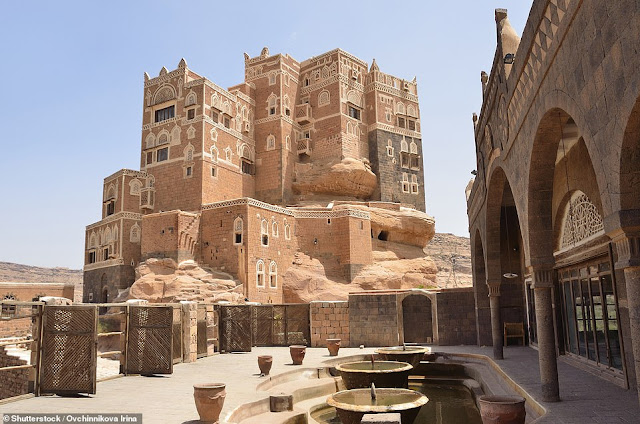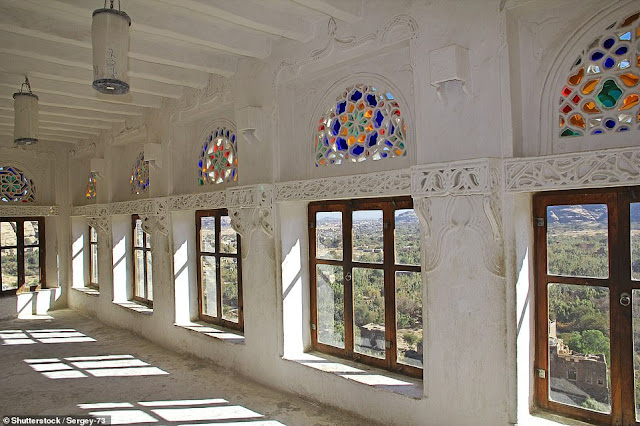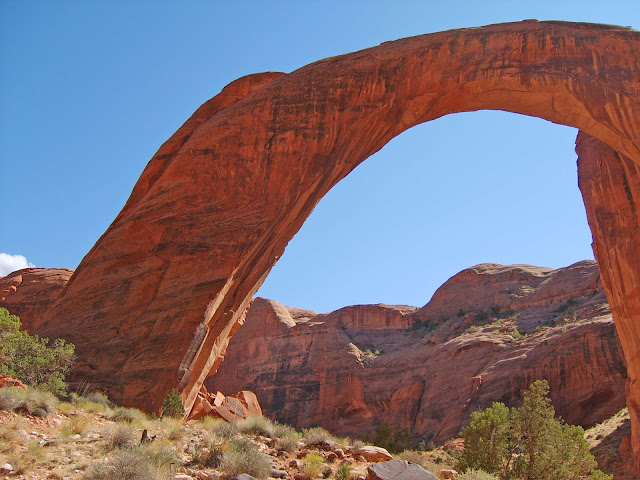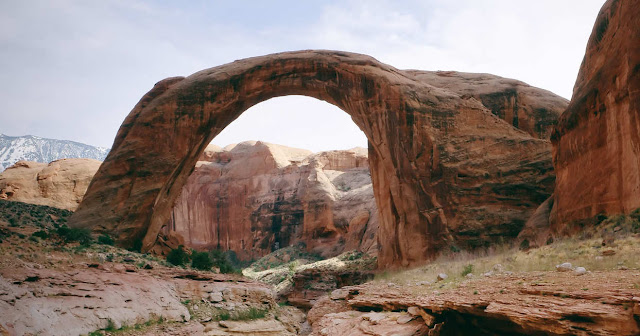The power of nature
stuns human beings. Nature shows a true example of how powerful nature
is. On the north of Kalaloch, “Tree Root Cave” is an amazing marvel of nature.
The feature in the tree of life is like no other has. People call it the “Tree of
Life” with its stunning roots seemingly supplying the tree with life in spite
of no soil. This seems an immortal nature, leaving humans speechless from a
sight that has never been seen before that. Decades of erosion taken the soil
supply, but never stopped the tree from thriving.
In the first look,
there are several questions that come in mind, how has it not gone? Is this circle
of life? How has another tree not taken over like it? Why nature is holding
this tree without soil? Hence, with no one really knowing how it keeps ongoing. Therefore, it is famous as Tree of Life Kalaloch in Washington. The Tree
of life WA is just 40 minutes from Manitou Lodge in Forks, WA. Moreover, underneath
the tree is a cave-like hollow that some people call “the tree root cave”.
The magical tree standing
without soil, and not fallen in the intense storms. Your brain will have no
logical explanation for why it hasn’t toppled over yet. Surely, some magical
nature power involved in the health of the tree. It doesn’t hurt by wind and rain
and cemented without a soil anchor system. Many people believe the magical tree
can withstand things that take down even the healthiest of trees, right?
The nature lover
believes, it is a true example of a freak of nature that isn’t supposed to
happen. The Tree of Life Washington goes against all the rules of science and
biology. It shouldn't be standing. It shouldn't be alive. And yet, it is! At
Kalaloch, it is long by the way... gorgeous coast, beautiful hikes, sunsets
like nowhere else, cozy cabins, great food, friendly faces, etc. We could go
on, but we're talking about a tree right now and it's a tree that must be seen
in person, such as when you vacation at Kalaloch.
The “Tree of Life”,
is a Sitka spruce, the largest kind of spruce, and one of Washington State’s
most famous trees. This astonishing natural wonder has no official name. As a result, it has many names, the Kalaloch Tree, The Runaway Tree, Tree Root Cave
(for the space beneath the tree), and The Tree of Life.
The Tree of Life is
incredible – but it’s not the only reason to visit the Kalaloch area. “Kalaloch”
is Quinault for “a good place to land” offers a variety of sandy beaches,
trails, and scenic overlooks to discover and explore. Wildlife here includes
sea otters, shorebirds, tide pools with crabs and sea urchins, clams, and even
the occasional sight of whales and dolphins.
The lubin-king.com,
written in 2005
Product You May Interested
- Crush Food Cravings with Odd Water Hack and Melt 62lbs
- Flavor Pairing Ritual Supercharges Women’s Metabolisms
- Unlock your Hip Flexors, Gives you More Strength, Better Health, and All-Day Energy.
- 60 Seconds of Habit! That Reversed Type 2 Diabetes and Melted 56 lbs of Fat
- Boost Your Energy, Immune System, Sexual Function, Strength & Athletic Performance
- Longest Living Doctors Unlocks Fastest Way to Burn Fat
- Perfect Paleo Powder – The Easiest Way You Can Get the Protein & Critical Nutrients Your Body Needs
- Lose weight, burn fat, boost metabolism and immunity, Fight inflammation & Increase your energy with this one ridiculously simple thing.
- The Industry’s First Metabolism Fueling System That Heightens Thermogenesis Even While You Sleep.


